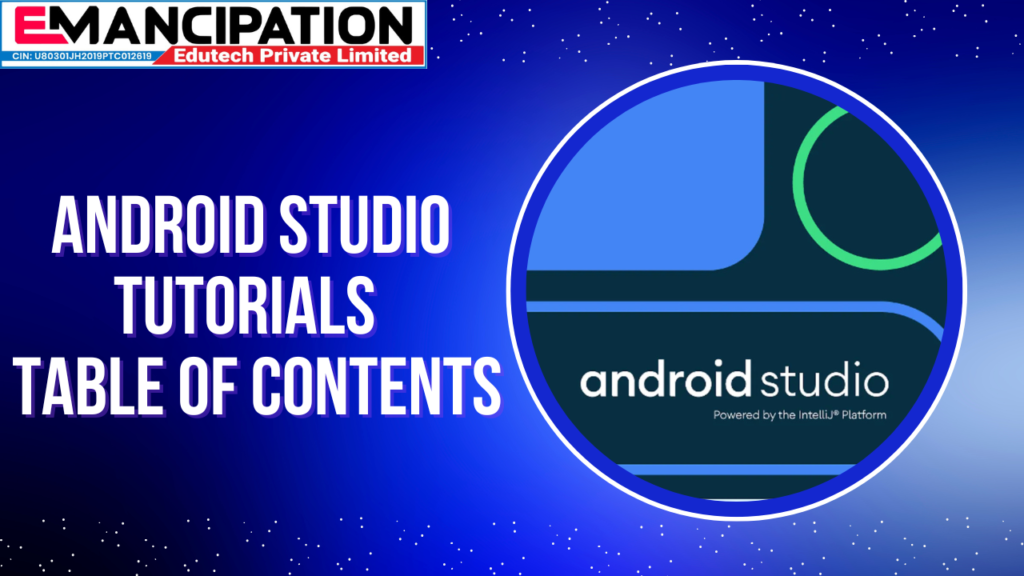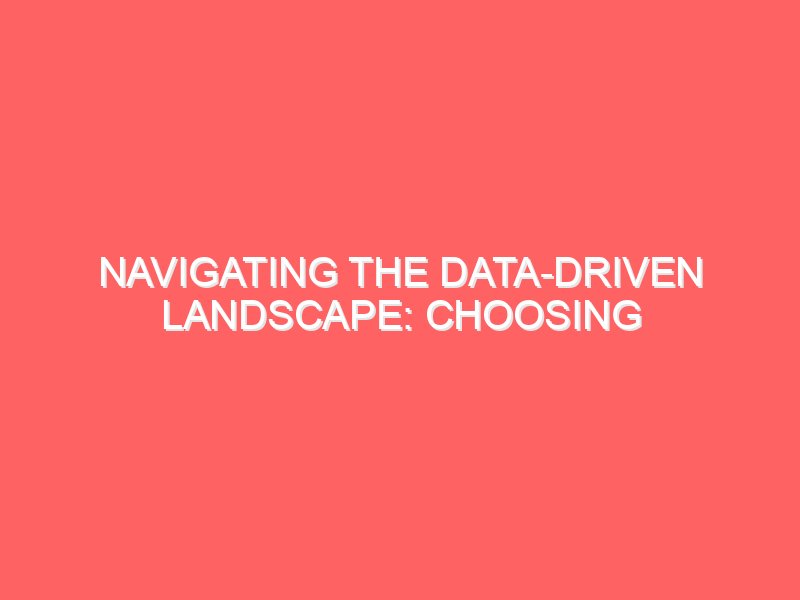Introduction to Android Studio
- What is Android Studio?
- Overview of Android Studio as the official IDE for Android development.
- Benefits of using Android Studio for app development.
- Setting Up Android Studio
- System requirements for installation.
- Step-by-step installation guide for Windows, macOS, and Linux.
- Configuring the Android Emulator.
Getting Started with Android Studio
3. Understanding the Android Studio Interface
- Overview of key components: Project Explorer, Code Editor, and Layout Editor.
- Customizing the workspace for efficiency.
- Creating Your First Android App
- Setting up a new project.
- Understanding project structure (Java/Kotlin code, XML layout files, and Gradle scripts).
- Running your app on an emulator or physical device.
- Exploring Project Files
- What’s inside the
resfolder? - The role of
AndroidManifest.xml. - An introduction to Gradle and build configurations.
- What’s inside the
Designing User Interfaces
6. Introduction to XML Layouts
- Difference between LinearLayout, RelativeLayout, ConstraintLayout, and FrameLayout.
- Adding and modifying UI components.
- Designing with ConstraintLayout
- Advantages of ConstraintLayout.
- Using the Layout Editor to design responsive layouts.
- Customizing Views and Themes
- Changing view properties.
- Styling and theming your app with XML and Java/Kotlin.
Programming in Android Studio
9. Introduction to Activities and Intents
- Understanding the Activity lifecycle.
- Navigating between activities using intents.
- Working with Fragments
- What are fragments, and why use them?
- Creating and managing fragments.
- Communication between fragments and activities.
- Handling User Inputs
- Working with EditText, Buttons, CheckBoxes, and RadioButtons.
- Implementing click listeners.
- Storing Data in Android
- Using SharedPreferences for simple data storage.
- Introduction to SQLite and Room database for complex storage.
Enhancing Your App
13. Integrating Media and Sensors
– Playing audio and video files.
– Accessing device sensors like accelerometer and gyroscope.
- Networking in Android
- Fetching data from REST APIs using Retrofit or Volley.
- Handling JSON responses.
- Publishing Your App on Google Play Store
- Preparing your app for release.
- Signing APKs and publishing on the Play Store.
Advanced Android Studio Topics
16. Debugging and Testing Your App
– Using Logcat for debugging.
– Writing and running unit and UI tests.
- Building Responsive UIs
- Adapting layouts for different screen sizes and densities.
- Supporting landscape and portrait orientations.
- Using Firebase in Android Apps
- Integrating Firebase Authentication, Realtime Database, and Analytics.
- Working with Jetpack Components
- Overview of Jetpack libraries: Navigation, ViewModel, LiveData, and DataBinding.
- Benefits of using Jetpack for modern Android development.
Conclusion and Next Steps
20. Tips for Mastering Android Development
– Best practices for efficient coding.
– Resources for staying updated with Android development trends.
For More Information and Updates, Connect With Us*
- Name: Ranjan Tiwari
- Phone Number: +91-9264477176
- email: teamemancipation@gmail.com
- Our Platforms:
- Digilearn Cloud
- EEPL Test
- Live Emancipation
- Follow Us on Social Media:
- Instagram – EEPL Classroom
- Facebook – EEPL Classroom
- www.youtube.com/@Emancipation.Edutech
Stay connected and keep learning with EEPL Classroom!



